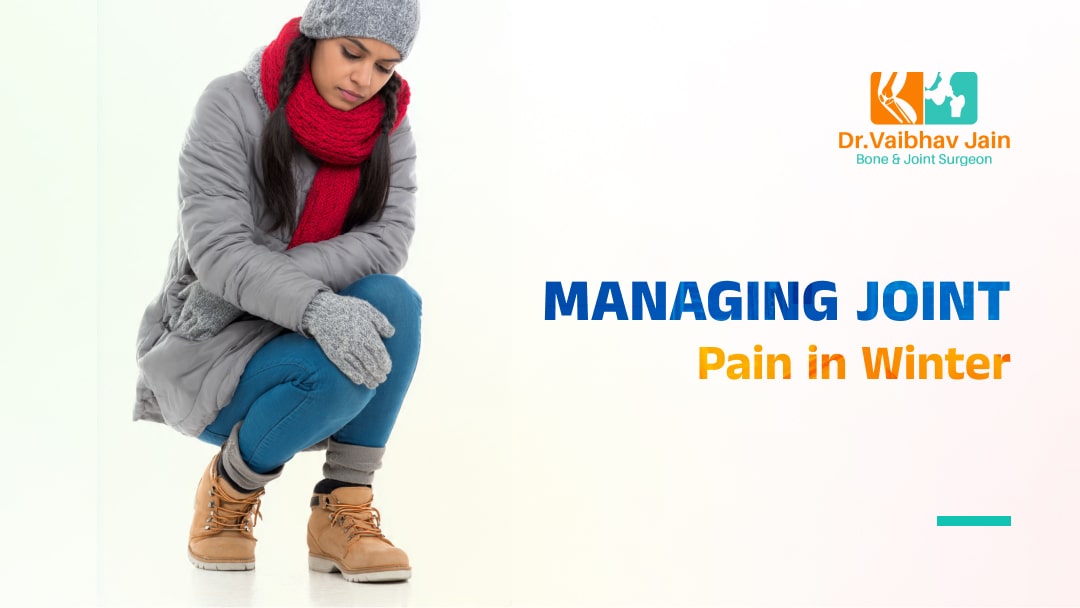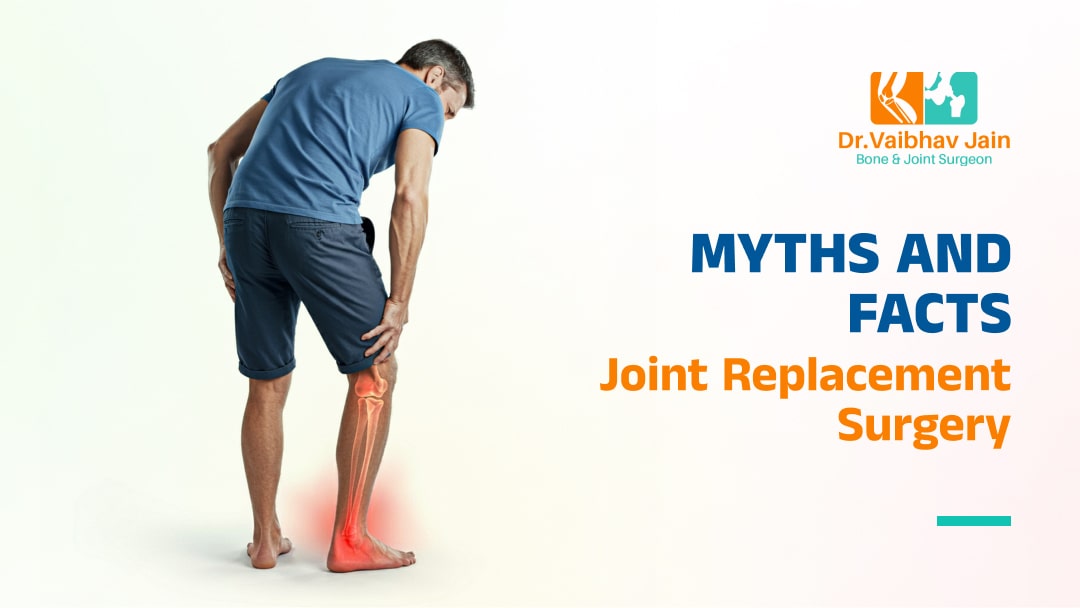One or two days after a sports injury, you may have experienced a lot of pain, swelling, and bruising. These symptoms can make recovery difficult. For most sports injuries, mild pain, swelling, and bruising are common. The symptoms tend to subside within 5-10 days. Sports injuries typically occur during sports such as basketball, basketball, soccer, soccer, volleyball, and wrestling.
You should therefore seek help from a professional as soon as you experience any symptoms. A sports injury is a very common problem among young athletes and it’s important to have a proper sports injury management strategy in place. Here are some effective treatments you can follow to manage your symptoms, recover faster, and get back to the game.
Sports Injury Treatments
Sports injuries are some of the most common injuries that people experience. While some injuries may be minor and heal quickly, others can be more severe and require medical attention. Fortunately, there are several sports injury treatments and therapies that can help reduce pain, swelling, and bruising after a sports injury.
1. Cryotherapy
Cryotherapy is a treatment that involves the use of cold temperatures to reduce inflammation and pain. It can be done using ice packs or ice massage, or with specialized equipment that delivers cold temperatures to the injured area.
Cryotherapy has been shown to be effective in treating sports injuries, including muscle strains, ligament sprains, and tendinitis. It can be used in conjunction with other treatments, such as rest, ice, compression, and elevation.
Cryotherapy is a safe and effective treatment that can help reduce inflammation and pain in sports injuries. It is a low-impact treatment that can be done at home, and is a great option for people who don’t want to go to a doctor or sports clinic.
2. Chiropractic Care
Chiropractic care for sports injuries is a growing trend, and there are many reasons why it may be beneficial. Chiropractors are experienced in treating a wide range of sports injuries, including those that involve the musculoskeletal system.
Chiropractic care can help restore joint function and relieve pain. It can help reduce inflammation and pain from conditions like arthritis, as well as help with the rehabilitation of sports injuries. Chiropractors also have a wide range of other techniques that they may use to help improve joint function and relieve pain, including manual adjustments and other techniques.
3. Heat Therapy
When it comes to treating sports-related injuries, heat is often one of the first things recommended. Heat therapy can help increase blood flow, relax muscles, and reduce stiffness, all of which can help speed the healing process.
Heat therapy is a versatile and effective method of treating sports-related injuries. Make sure to consult your doctor before using heat therapy, as it may not be appropriate for every injury. But if it’s something you’re considering, heat therapy is a great way to start treatment.

4. Massage
Massage can help improve circulation, reduce muscle tension, and improve flexibility and range of motion. It can be done by a therapist or with the use of a foam roller or other self-massage tool.
Massage is a great way to treat sports injuries. By improving circulation and reducing muscle tension, massage can help reduce inflammation and pain. It can also help to improve range of motion and flexibility.
If you’re injured and need some relief, consider booking a massage. Not only will it help you to heal faster, but it will also be a great way to relax and destress.
5. Stretching And Strengthening Exercises
When an individual suffers a sports injury, the physical therapist will typically prescribe stretching and strengthening exercises to help improve flexibility, stability, and function in the injured area. These exercises may be performed individually, in pairs, or in groups.
Stretching exercises should be performed before and after activity to help increase range of motion and improve joint mobility. Strengthening exercises should be performed after activity to help reduce inflammation and improve muscle function. Additionally, these exercises should be performed regularly to help prevent future injury.
6. Acupuncture
Acupuncture is a relatively new treatment option that has been shown to be effective in treating sports-related injuries. In a study published in the journal Sports Health, researchers found that acupuncture was more effective than a placebo in treating acute hamstring strains.
Acupuncture is also a relatively safe treatment option. Unlike some other treatments, such as surgery, acupuncture doesn’t carry any potential health risks. If you’re experiencing pain after an injury, acupuncture might be a good option for you. Talk to your doctor about whether or not acupuncture could be a good sports injury treatment option for you.
Sports injuries can be painful and discouraging, but with proper treatment and prevention, you can get back to enjoying the activities you love.
Conclusion
Maintaining your physical health is essential for any athlete, regardless of the sport. It’s especially important to manage any pain, swelling, and bruising that may occur after a sports injury. Unfortunately, these issues can be difficult to manage on your own. That’s why it’s important to seek out the help of a professional, like Dr. Vaibhav Jain.
Dr. Vaibhav Jain is an experienced orthopedic surgeon and sports medicine specialist who is committed to helping his patients achieve pain relief and a return to their active lifestyles. He specializes in treating sports injuries, including the management of pain, swelling, and bruising. He takes the time to understand each patient’s individual needs and creates a personalized treatment plan that is tailored to their specific situation.






